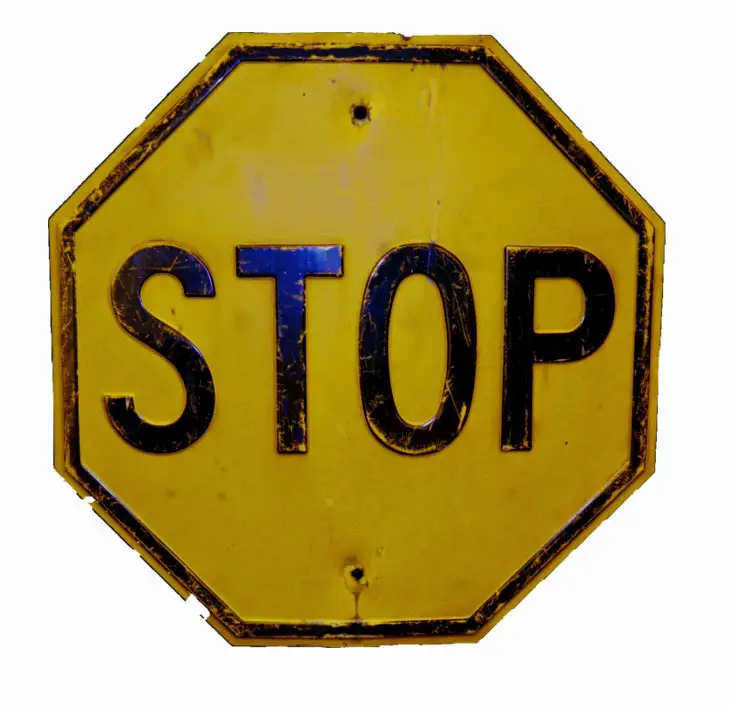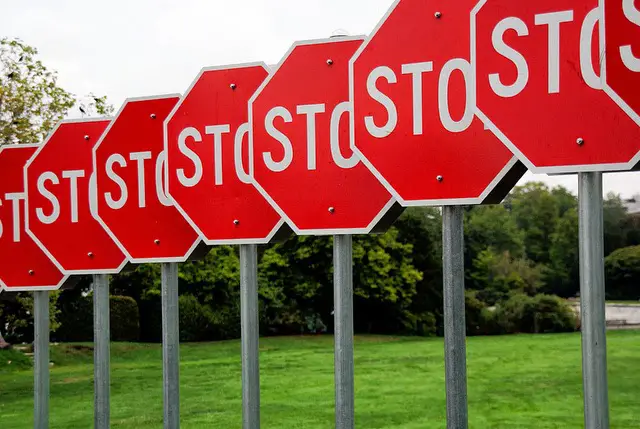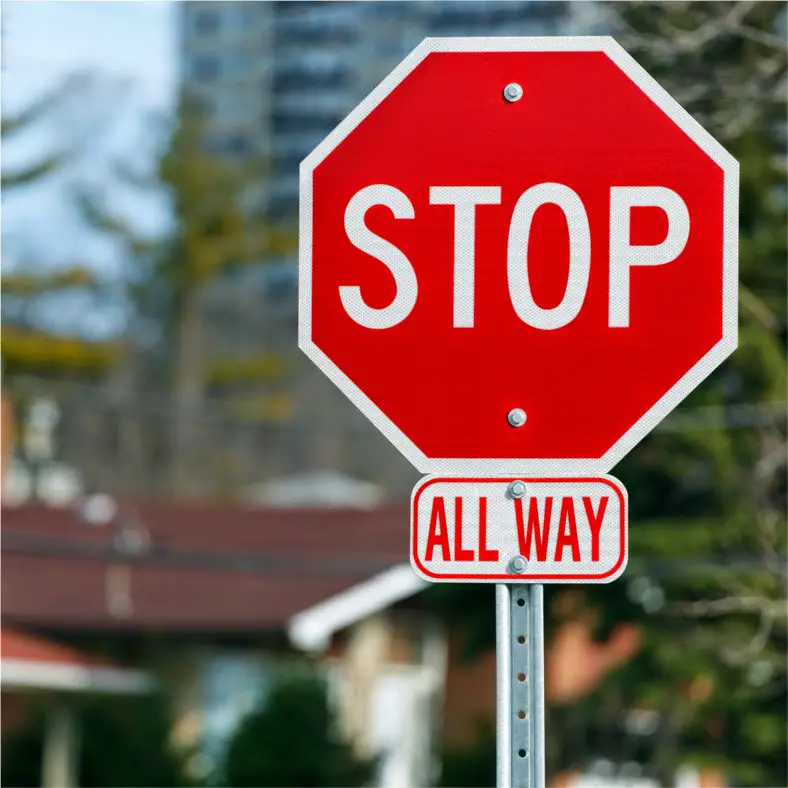
It’s a question we often don’t think about, but we pass these things every day. It’s the eight-sided stop sign, the red sign with the white lettering that indicates that we need to go ahead and apply the brakes. But the stop sign hasn’t always had eight sides, nor has it always been the color red. It took many agreements and revisions to eventually make the stop sign into what we recognize today.
The stop sign wasn’t even a thought before the 1900s. Cars hadn’t begun overpopulating the streets, and people still rode horses and drove wagons. It wasn’t until 1915, when Detroit, Michigan, got the first real stop sign. It had a white background with black letters, and the thought of it was rather revolutionary. Cleveland, Ohio, even got an electric traffic signal in that year, before the use of a stop sign had even taken hold, and before it got its eight sides.
It was the Mississippi Valley Association of State Highway Departments who can be credited with the iconic shape of the modern stop sign. In 1923, the Association made recommendations on the shapes of a number of street signs. They came up with a simple concept. The more sides a sign had, the more it represented some greater danger.
The highest danger level sign was the circle since it had no sides. It was endorsed for use at railroad crossings. The second danger level sign was the octagon, with eight sides, followed by the four-sided signs of squares and rectangles that were used to convey hazards or regulatory information, and finally, the diamond shape sign that was used for warnings.
The octagon was reserved for the stop sign, the second danger level, which seemed to make sense since blowing through a railroad crossing as opposed to a stop sign could have vastly different results.
In 1924, another change to the stop sign was made. Instead of a white sign with black letters, the stop sign was changed to black lettering on a yellow background by the National Conference on Street and Highway Safety. It stayed this way until 1954. This was the year the stop sign was officially changed to the modern white lettering on a red background in the Manual on Uniform Traffic Control Devices, the official standards on road signage.
During the times between 1935 and 1971, the stop sign was revised many times, mostly dealing with reflection and height. Finally, in 1971, the law on what a stop sign should be was passed, right down to the width of the white line around the sign, how high above the ground it should be, the length of the sign, and of course, the color. This is the sign we have today.
Stop signs look relatively the same around the world, except for Japan which uses a triangular sign. The only real difference is the wording on the sign. English-speaking nations use the word “STOP” while other countries use their own language, and smartly so. Here’s a look below at stop signs from around the world.
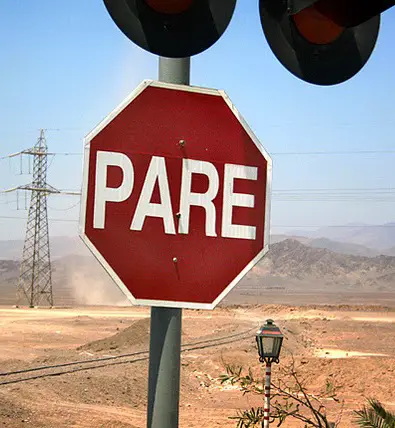

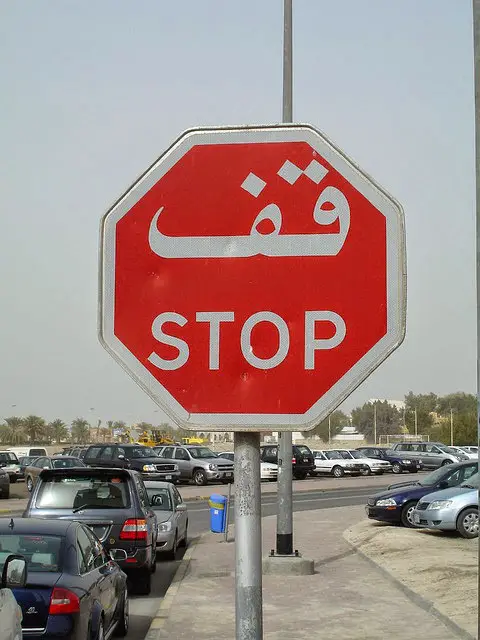
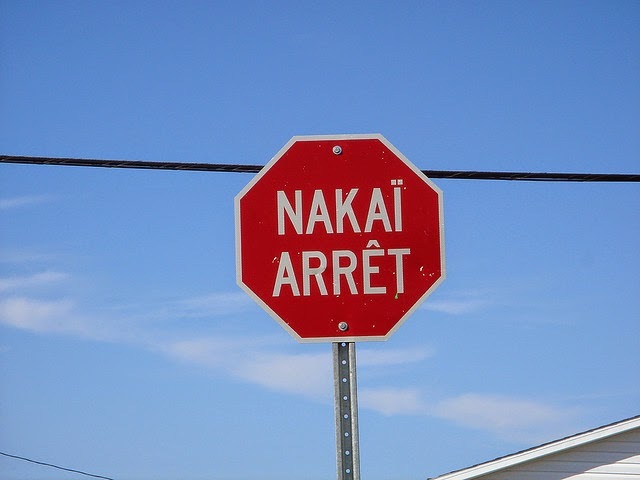
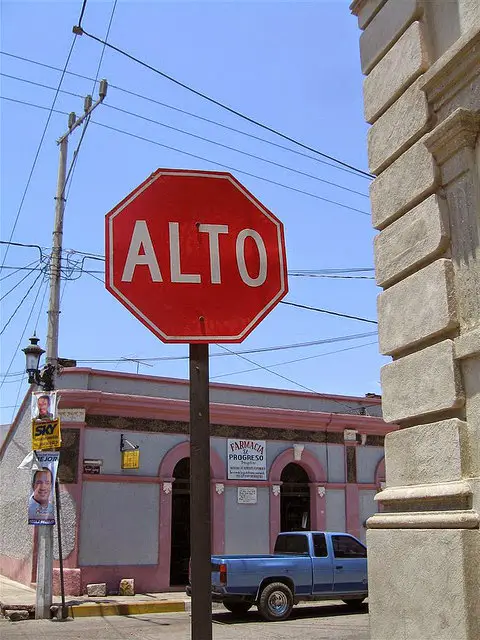

And I’ll leave you with a whole bunch of stop signs. Just so things sink in.

